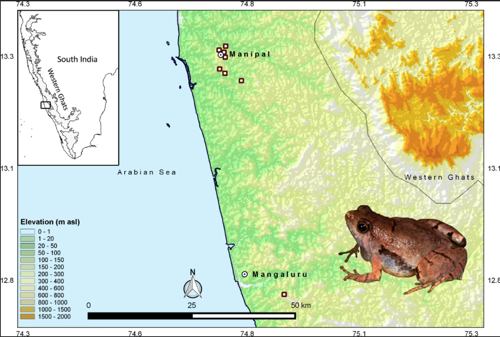Lin Y., L.S. Wijedasa & R.A. Chisholm, 2017. Singapore’s willingness to pay for mitigation of transboundary forest-fire haze from Indonesia. Environmental Research Letters [free online version].
“Southeast Asian haze pollution caused by forest and peatland fires in Indonesia has caused adverse health effects, impacted regional economies and let to tensions between ASEAN nations. One of the solutions proposed is payments for ecosystem services. This could take the form of richer nations aiding better land management and restoration by making regular payments.
In this study, we assessed the willingness of Singaporeans to pay for haze mitigation in Indonesia. We surveyed a diverse set of individuals from different income groups, genders and locations throughout the country to quantify the willingness to pay (WTP) for haze mitigation.
Our estimate of mean individual WTP was 0.97% of annual income (n=390). This amounted to a total WTP estimate of US$643.5 million per year (95% CI [US$527.7 million, US$765.0 million]). This estimate is comparable in magnitude to previously estimated impacts of Indonesia’s fires and also to the estimated costs of peatland protection and restoration. We recommend that our results be incorporated into future cost–benefit analyses of the fires and mitigation strategies.”








